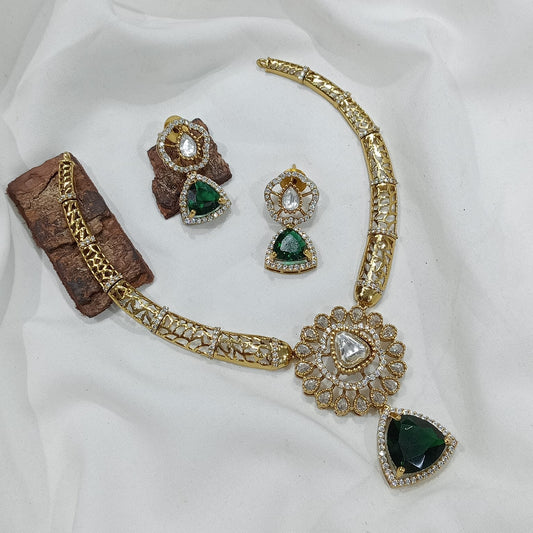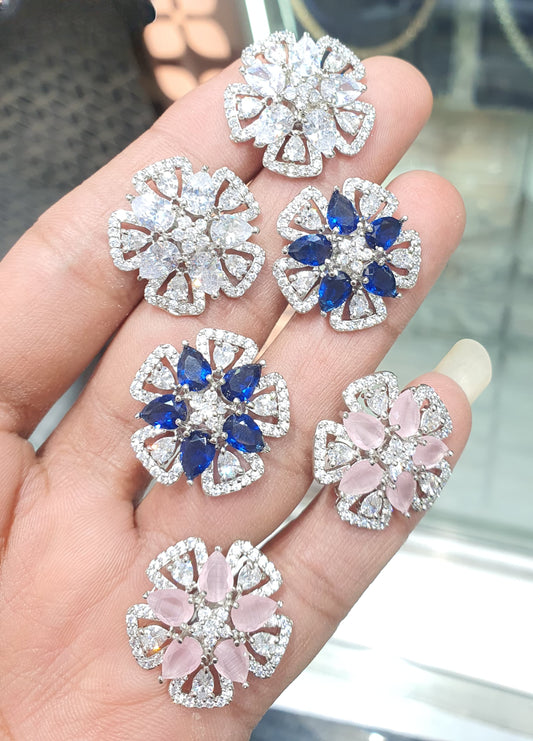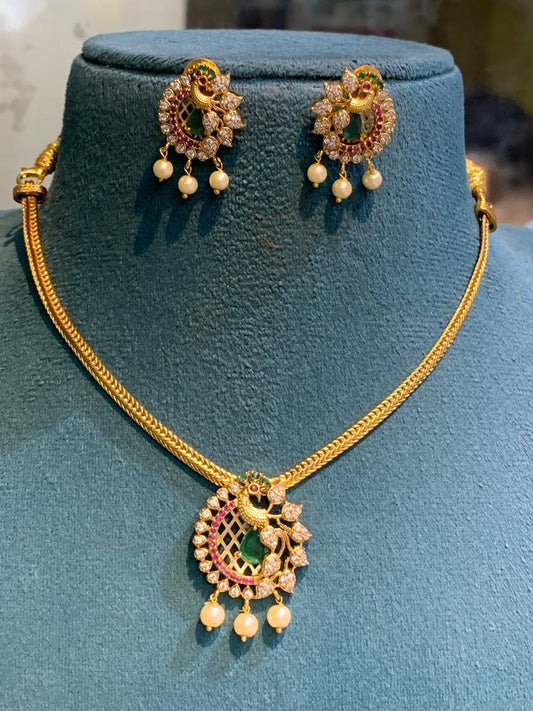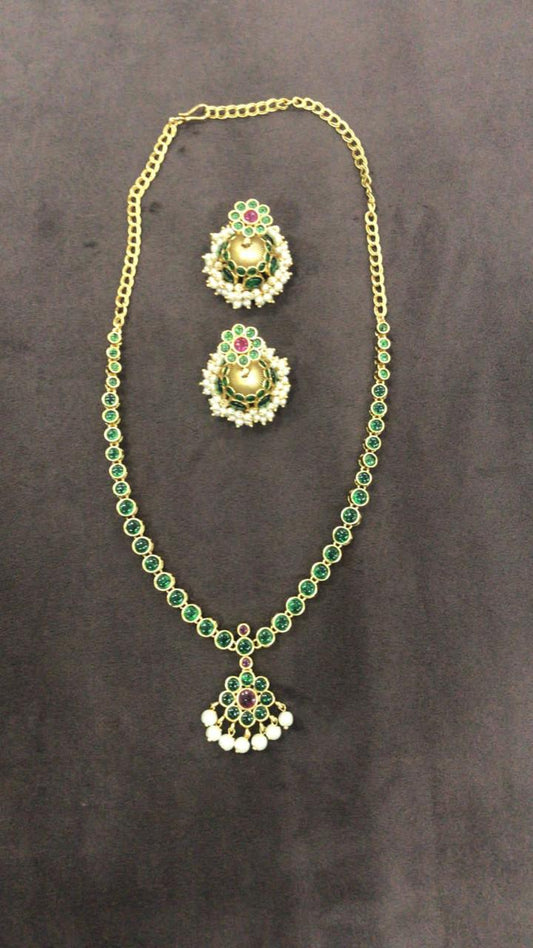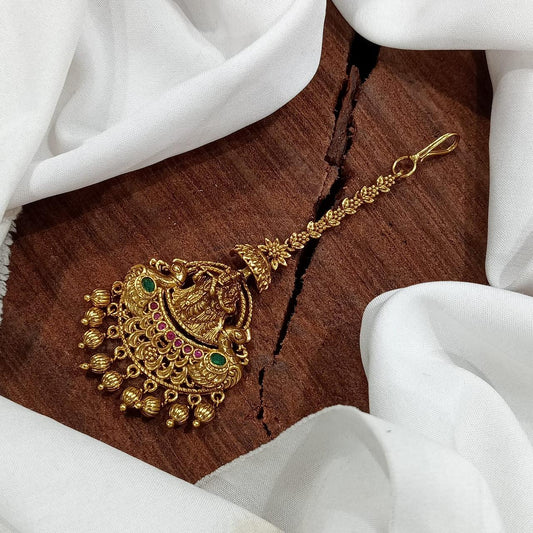
Decoding Bridal Trends in India: The Traditional Kaleera
Share
"Kaleera" is this his bridal adornment added to the bangles," it is also known by other names in other places and civilizations. Kaleera is also known by the names kaleerae, kalire, kaleri, and kaliri. The pronunciation and spelling of these names might change based on the regional or dialect.
Punjabi brides traditionally wear kaleera, a lovely and meaningful adornment. The bride wears a pair of red and white bangles called a chooda on her wedding day, and these dangling decorations, which are often made of gold or silver, are connected to it. But why is it worn, and what is the background behind this intriguing accessory?
History of Kaleera
The tradition of wearing kaleera is believed to have originated in Punjab, a region known for its culturally rich and vibrant traditions. It is believed that kaleera were originally worn as a sign of luck and wealth, while the actual origins are unknown.
Some say that the keleera were supposed to have small snacks hanging on her chuda, In historic times travelling to her husband's home would be a long and tiring journey and the snacks on her kaleera were meant for her to eat!
Overall we see thatThey evolved become an essential component of Punjabi wedding wear over time, signifying the bride's blessings for a joyous and fruitful marriage.
When and Why Kaleera is Worn:
Brides customarily wear kaleera on their wedding day. Typically, they are worn at the chooda ritual, which happens at the bride's house prior to her departure for the wedding location. The bride's female relatives and friends tie kaleera on her chooda at this ritual as a sign of their blessings for her future well-being and success.
Current Trends in Kalira:
Although kaleera have historically been fashioned from silver or gold, contemporary brides are experimenting with other materials and styles. Some brides choose kaleera that is embellished with pearls, beads, or stones to go with their wedding gown. Others select ornate patterns and themes in their creations. Furthermore, kaleera are now offered in a range of hues, so brides may match them to their wedding attire.
Here are the Top 5 Bridal Trends of Kaleera in Bollywood Weddings:
- The Bridal look portrayed by Rakul Preet Singh's on her grand day

- And here is Kajal Agarwal showing off her Kaleeras!

- These are the Kaleeras worn by Anushka Sharma on her big day

- Natasha Dalal was seen sporting a pair of silver kalirae on here wedding day

- Amrita Puri was seen sporting a unique Kalira in her wedding

We could also see Deepika Padukone, Kartina Kaif and Priyanka Chopra wearing Kaleeras to their weddings as well. (They've got copyrighted images so couldn't attach here)
Who Wears Kaleera:
Regardless of their faith, Punjabi brides wear kaleera, which are customarily connected with these celebrations. Wearing kaleera is a cultural custom unique to the Punjabi population, which include both Sikh and Muslim Punjabis, even though it is not a part of Islamic heritage. Many non-Punjabi brides choose to incorporate kaleera into their wedding attire as a nod to Punjabi culture or simply because they find them beautiful and meaningful.
Kaleera are much more than simply a piece of jewelry, to sum up. Brides from many cultures revere them as a representation of custom, grace, and favors. The timeless attractiveness of Indian ethnic symbolism in wedding apparel is demonstrated by kaleera, which can be worn by any bride who is embracing a beautiful custom and is respecting her history.
At Zuccii.com, we make custom Kaleeras in gold or silver as per our customer's request. Customization Prices depends on the finished product, and the time to make the kalira is 5-7 working days. Contact us at info@zuccii.com to find out further details.


